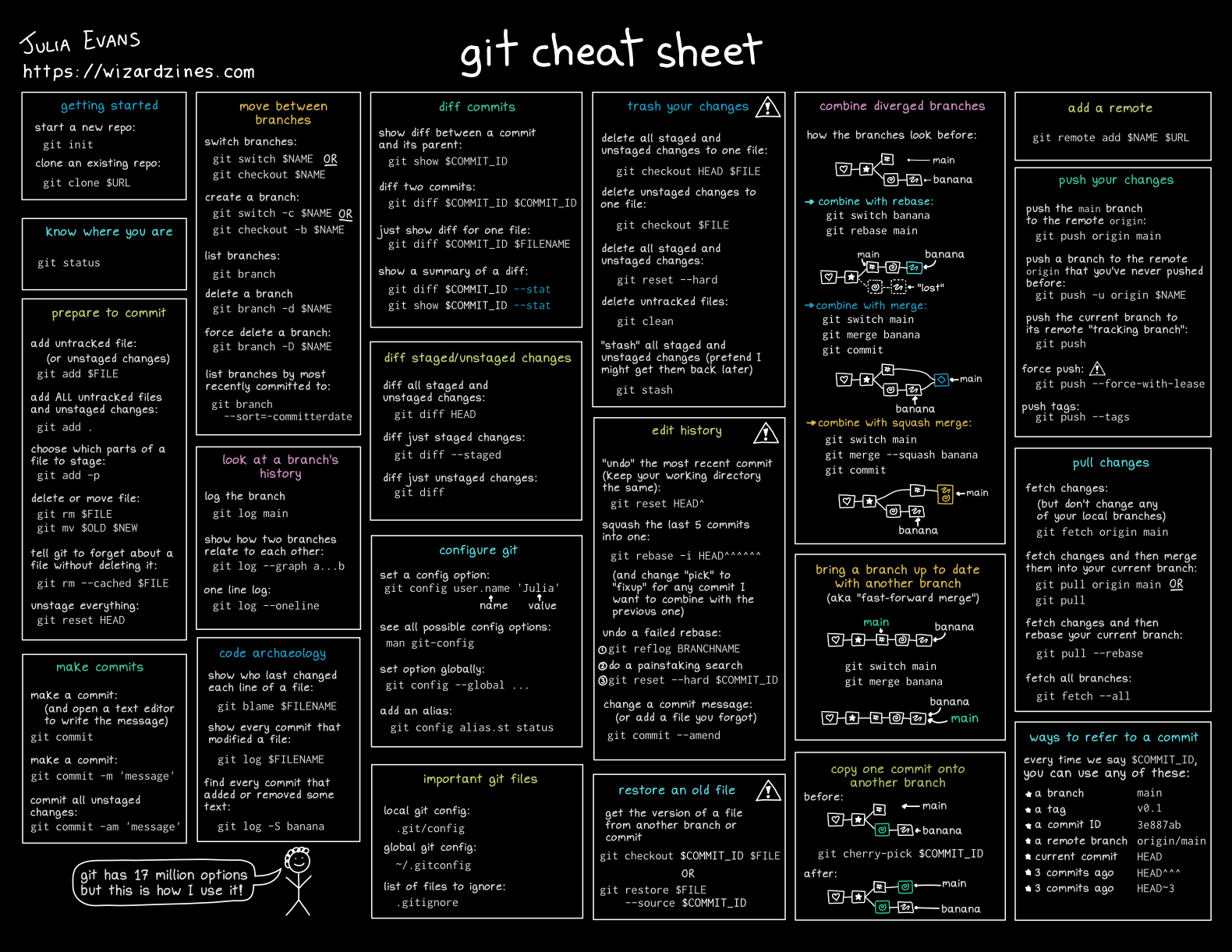Is there anyone other than me who read reflog as re-flog the first time?
- 0 Posts
- 17 Comments
What just happened to the number of servers? Did the admins just decide they want to go with quality over quantity? Or does it have something to do with political conditions?

 17·4 months ago
17·4 months agoFinally, a way to use the loads of RAM I have other than Compiling and Blendering.
Well, I guess we also have RAM drives
For which cases did you need cake for example?
Since you asked, I don’t usually need cake, since I don’t do parties, but I might occasionally buy a piece and eat it.
Hasn’t Kate been replaced by an upgraded Kwrite or is Kate still maintained?
kateandkwriteare both maintained and usable side by side on the same system.
In terms of features…kwrite:kate::notepad:notepad++. Kinda…kwriteis still much more featurefull thannotepad.
They have KDE Frameworks dependencies, which makes it non-trivial to install on RHEL when you can only access the local base and EPEL repo.
RHEL at work.
Not having
KateorOkularis a pain.
Need to downloadcmakefor certain cases.
Subscription Manager is a pain.Air gap means I can’t make do with
snaps.I would also gripe about not having KDE, but that would be unfair and off topic in this case.

 15·5 months ago
15·5 months agoDebian is in many ways the “deep end”.
The first time I tried Debian was when I was new to Linux, on a laptop with both the Ethernet and Wi-Fi unsupported. On top of which, it had an nVidia GPU. It was hard.
Now I know much more about Linux and checked the Motherboard for Linux support before buying it. Debian works pretty well.
So, it’s beginner friendly as long as someone helps you out with the installation after checking up on all the stuff you will need to run.

 0·5 months ago
0·5 months agoWell, of course one can’t expect someone with 0 exposure to similar stuff in their learnable period to be able to pick up those things. Just one of the limitations of the human brain.
On the other hand, people who tend to be more imaginative would probably be able to do better in that regard.

 5·5 months ago
5·5 months agoOne of them main reasons for that, I think, is how the average non-tech computer user perceives UI/UX, when they have been exposed to only a single type of interface for most of their lives (most probably Windows).
And even though they tend to pick up different UIs in mobile phones fairly quickly, that seems to not be the case for computers.
Back that up with earlier versions of middle-school computers studies in being mostly like:
- How to print a file in Microsoft Word?
- How to copy a file to USB drive? (with the implicit - using Explorer on Windows XP)
And you have most of the population thinking that’s the only way to do it. That was the case with me until I learned programming.

 5·5 months ago
5·5 months agoI’m not sure how funny this will be, but here’s how I broke my system twice in a single case. Step by step:
- Migrated from Manjaro KDE to EndeavourOS KDE. Kept the previous home directory.
- After a few updates, there was a problem with Plasma. Applications were not starting from the panels or the .desktop files (they worked from the terminal. The terminal emulator was in startup and worked that way)
- After a few google searches, found out that downgrading glibc would do something, so downgraded… Worked for a while
- While using
pacman -Syu, I always checked for warnings (foolishly thinking that the downgraded and ignored glibc would cause apacmanwarning if it broke dependencies) and there were none. So, the updated OS stopped working due to unmatched glibc. BREAK 1 - To fix it, I opened one of my multiple boots (another EndeavourOS) and made a script using
pacman -Qlandcpto copy new glibc related files into the broken system (because I was too lazy to learn how to do it the correct way withpacmanandchrootdidn’t work becauseglibcis needed by bash). - Turned out the script I made was wrong and I hadn’t checked the intermediate output from
pacman -Ql, which was tellingcpto copy the whole /etc /usr and other directories. (just if I hadn’t given the-rtocp) BREAK 2
In the end, I just made a new installation, this time with a new home and hand-picked whatever settings I wanted from the previous home, Viva la multi-HDD

 10·6 months ago
10·6 months agoYou need to first understand what kind of interaction you expect with your OS. For this, you can start by considering what you use your OS for and currently what you do for your OS. e.g. Before I jumped to Linux, I was just starting to learn PowerShell on Win, because I saw a lot of places in my system where I wanted to use it. I felt consistently dissatisfied with the lack of things I could just tell the system to do, making me go to scripting. This way, I knew I won’t have a problem with putting time into something that takes a lot of configuring. But since I was still new and wanted an easy start, I went with Manjaro KDE. It was based on Arch, but had a system of differed updates, giving me a feel of it being easier. Plus, it had a lot of customisations out of the box, some of which, I learnt from, when making my own configurations for EndeavourOS. EndeavourOS considers itself to be more terminal oriented, and it is possible to easily get a full-fledged tty system, just by selecting it in the installer. I chose KDE because I like changing the Appearance a lot, but you might want to look at other DEs depending upon your expectations.
Ubuntu has been shifting a lot to snaps, so if you want your computer to be snappy (the literal meaning), you might want to avoid it (ironically). But at the same time, if you want less configuration requirements and want to keep most of your exp outside the terminal, on top of finding it easier to install software from vendors’ websites, you can consider it. If you are fine with putting in the minimal amount of brain usage it takes to understand the installation instructions of the website - and by that I mean, read the heading telling you which distro the copy-paste text is meant for (I know ppl too lazy to do that and trying paste an
aptcommand into Red Hat) - I suggest Fedora/Linux Mint and a slew of others.DE = Desktop Environment
apt= Package Manager (kinda like an app store on terminal) used for UbuntuP.S.: If you choose an Arch-based distro, make sure you keep a backup OS that is in the Debian/Fedora tree. I keep a Debian KDE, mainly for older linux games, which ask for packages that have been long removed from Arch, but it is useful in case you break something. That way you won’t have to wait for the time it takes to make a Live USB and can just restart.

 1·6 months ago
1·6 months ago“follow an installation wizard” <– I know people just out of uni (having completed BTech), who can’t even do that. Keeping that in mind, I can have way more patience towards OP.

 2·6 months ago
2·6 months agoGreat stuff This is going to be useful even to someone who easily understood the commands.

 1·6 months ago
1·6 months agoWhatever it’s called will depend upon whichever one you choose to use. There are options even there.

 3·6 months ago
3·6 months agoA bit of physical exercise shouldn’t be too bad.

 331·6 months ago
331·6 months ago“I have no idea what I’m doing here” <- Happens in the beginning. How about you start by trying to know what exactly you are doing? Let me give you a fasttrack…
-
The first command you get in the instructions is
curl. It is generally used to download stuff from a networked server.1.1. To understand the
-fsSLoin the command, I strongly advise you to check out the manual ofcurlusingman curlin a terminal. -
The second command in the instructions is
echo "something" | sudo tee some/file2.1 Here you see 3 commands
echo,sudoandtee. 2.1.1 Again, you can useman command-nameto check the manual pages for these commands 2.2 There is a|symbol over here. It is called the “pipe symbol”, which is what you can use to search for it. It is usually difficult to search for the symbol itself and I haven’t found a man page for it, but openman bashand look for “Pipelines” and you’ll know what it is about. Use Link, Link and Link to help yourself understand this. -
The commands in “Install the package” use the
aptprogram. This is a Package Manager. Its job is to read package information that package developers have made and try to not let the system become unusable.- e.g. If you have a program called Xorg from 5 years ago, and a program called mesa from 5 years ago and Xorg depends upon mesa to work. Here, if you replace your mesa with a new, recent mesa yourself, there is a good chance Xorg will not work. The Package Manager prevents that from happening.
-
The gist of what the instructions are making you do is, telling the Package Manager that there is another place from where you want it to look for packages.
To understand man pages better, check out this link.
Don’t think too badly of people dissing you in the comments. They are tired and fed up of help vampires. Hopefully, you can try not to become one.
- Try and build your own process of understanding the commands you see on the internet before entering them into the terminal.
- The comments telling you to just follow the instructions, are coming from the perspective that you don’t have the patience and determination to understand them yourself, which, a lot of people don’t. I will leave it upto you to determine which one you decide to be. It is, however, a bad idea to follow instructions on any website, just because it “seems legit”. You can’t really say you “trust” the site until you have the ability to find out for yourself whether you want to trust it.
-



Always need to remind myself that
gitdoesn’t go around flogging anyone.